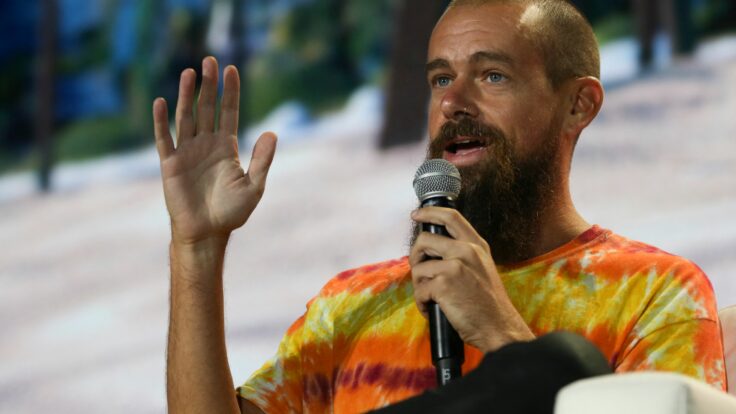| It was Tuesday morning, and I was sitting in Puck’s sun-drenched Chelsea offices, enjoying some late fall balm through our nearly floor-to-ceiling windows. Outside, the familiar sounds of teenagers making small trouble between classes lingered in the air amid the general rumble of lower Manhattan—police cars, ambulances, orphaned office workers yamming into their ear buds, nannies strolling—the cacophony that makes fall the loveliest of all the seasons in the city.
I was reading through a draft of my partner Julia Ioffe’s scintillating conversation with Robert Draper, the well-known D.C. long-form artist and bard of the modern Republican party. Draper, as he’s ubiquitously known in Washington, had just completed his latest tome, Weapons of Mass Delusion, and the occasion precipitated a discursive chat about the present and future of the G.O.P.—a timely topic given next week’s midterm election.
The two discussed a number of very top-of-mind curiosities as the Republicans prepare to retake control of the lower chamber, and possibly more: Kevin McCarthy’s consummation of power, Marjorie Taylor Greene’s emergence as a legislative broker, the possibility of a MAGA voting bloc in the Senate, and so forth. Then I got to the very end, in which Draper posited a timely, provocative and frankly eerie prediction: he expected the far right flank of the Republican party would only fade from view after it had reached the apotheosis of political power. According to his theory, the cult of MAGA would grow in influence on the right until it consolidated authority, and eventually proved unable to govern, thereby jettisoning the hopes of its faithful. It was a temple-smacking idea, and all of a sudden the rest of the world seemed to go on mute as I followed along with their conversation.
The best part of my job, as I’ve noted time and again in this space, is what I learn from my partners. Only a day after publishing Julia and Robert’s powerful piece, The Party of Marjorie Taylor Greene, I saw their hypothesis reaffirmed in Tina Nguyen’s elegant reported essay, McCarthy’s Riot Inside the Capitol, which explains how this year’s crop of MAGA House candidates may make M.T.G. look like a soccer mom.
At Puck, we’re innately focused on the shifting power dynamics of our age, which play out across industries, regions, and generations. In Washington, our parties aren’t just competing with one another, of course, but also with themselves across lines that splinter along age and ideology. Draper’s long term view may turn out to be correct, but at this point it is anyone’s guess. In Hollywood, as my extraordinary partner Matt Belloni recently detailed, the transition is also playing out across platforms, a dynamic that is being tested and exacerbated by Jay Powell’s interest rate tinkering.
If you only have time for one piece this weekend, I highly suggest you read Matt’s column, Hollywood’s Worsening Catch-22, which delves into how Hollywood is handling its multi-fanged evolution. As Matt notes, the rapidly deteriorating value of entertainment companies, tied to macroeconomic issues like inflation and the declining advertising business, presents some rough options for the industry’s biggest stars: either limit streaming spending and get left behind, or go all-in and risk spending your way out of business. It’s enough to make a market observer wonder if some of our most potent entertainment companies vector off toward the fate of publishers as the action moves to gaming and TikTok while software, as Marc Andreessen famously noted all those years ago, truly eats everything. We’ll see. After all, it’s the story of our time, and precisely the sort of work you can only find, week after week, here at Puck.
Have a great weekend,
Jon |

















